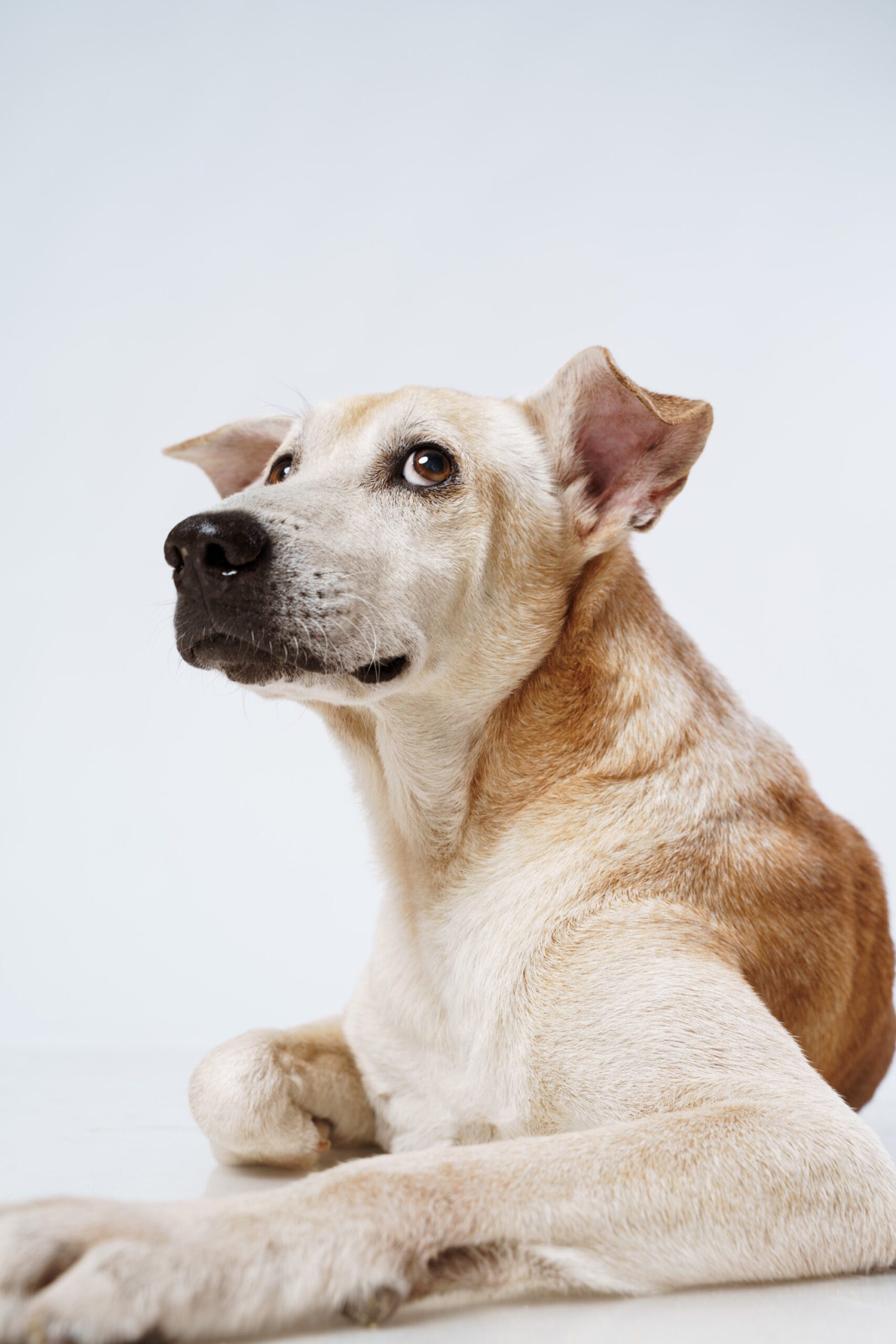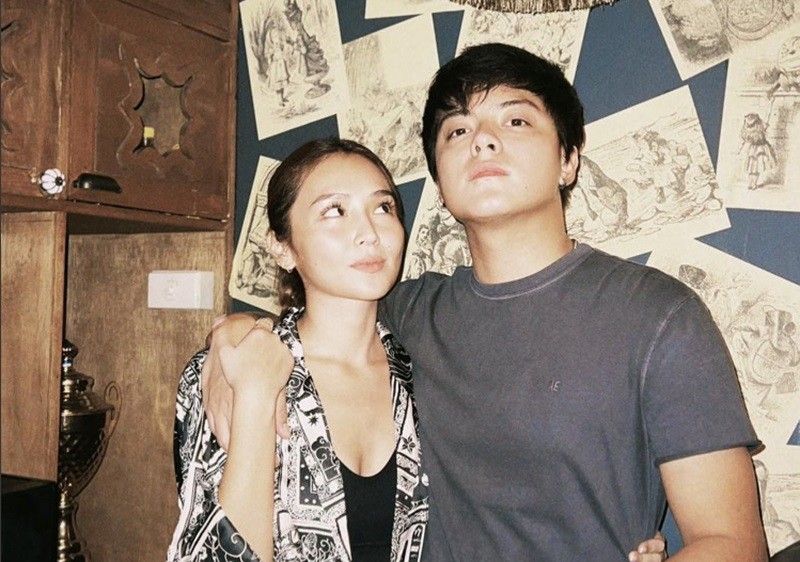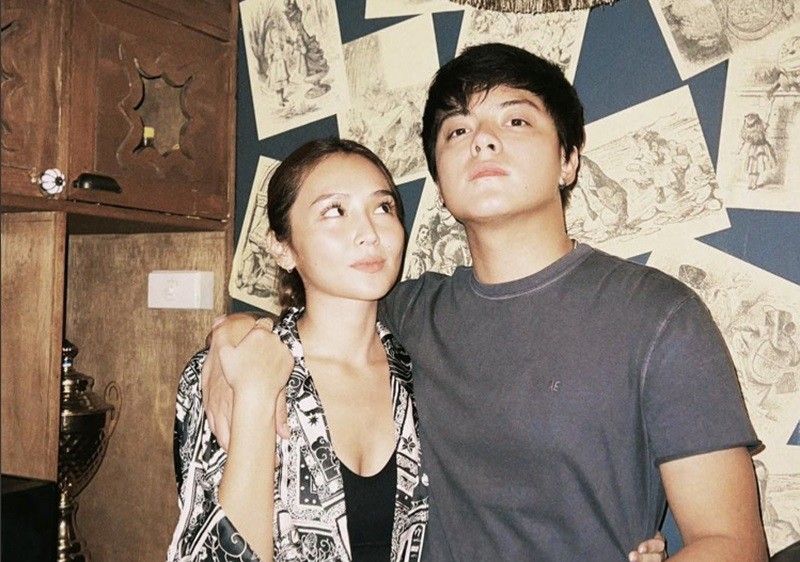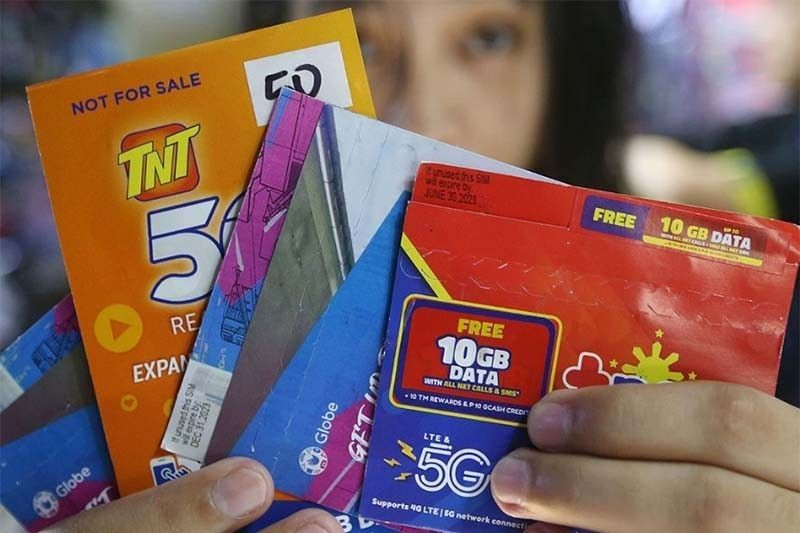“Look, there’s one over there,” Romy Sia says, marveling at the creature he’s spotted like it’s one of the Big Five in an African savannah.
This is no safari, however. We’re at a mall in Makati — in the kind of space that’s flourished in the past decade. Bow & Wow’s Greenbelt branch is one of the largest pet stores in the Philippines. From behind a curtain of premium dog leashes, Sia and I observe the fauna that’s come into focus: a golden retriever bouncing toward a colossal shelf of fetching toys.
“It’s so happy. You see, dogs know. When they come here, they go straight for the product they want,” says Sia, Bow & Wow’s CEO. The retriever effortlessly tugs a neon knot of rope off its hook, as familiar with the retail display as it is coaxing its human parents toward the cash register.
Lately, the frenzy over anything with four paws has been hard to ignore. According to the Philippine Statistics Authority, from over 12,000 businesses classified under the Philippine pet industry in 2016, the Department of Trade & Industry would see an 18% growth in registrations by 2020. The next year, a Rakuten survey proclaimed Philippine dog ownership the highest in Asia.
Across the nation, you’ll find dog grooming centers and pet hotels sprouting as aggressively as milk tea kiosks. Leisurely days out no longer mean confining our dogs to those places either, not when a slew of pet parks in Taguig, or pet resorts in Pasig, offer recreational thrills. Meanwhile, the center of Pinoy public life — the mall — has pivoted from teeth-gritting tolerance to a tail-wagging sense of welcome, offering pet strollers for rent or priest-officiated pet blessings for free. From coffeeshops like The Coffee Bean & Tea Leaf to supermarkets like Landmark permitting entry to our pooches (not to mention GrabCar’s pet-friendly option to shuttle them between locations), there’s no doubt that Metro Manila’s commercial realm has become increasingly accommodating to its collared clientele.
“Ang daming competition talaga,” says Cebu-based pet food distributor Jaclyn Buendia, who noticed an onrush of pet store openings in her city since the pandemic. In 2018, she too opened a pet store, House of Fur, launching another branch the following year as her business captured a regional market. They now distribute products to pet stores in Visayas and Mindanao.
Whether dogs became a quick source of comfort (plus easy Instagram likes) during quarantine or that Filipinos are increasingly content to rear puppies than raise children, what’s clear is that the Philippine fur baby boom came with pet parents eager to spend. The Great Pause prompted a prolonged scroll through social media storefronts and e-commerce platforms, hawking everything from paw moisturizer to design-forward dog crates (“barkitecture”) that looked right at home in a West Elm catalog.
Post-pandemic, physical pet stores stepped their inventory up as well. “In the wake of hard lockdowns, the need for pet companionship has seen a healthy surge,” the SM Retail group said in a 2021 statement, announcing the brisk expansion of Pet Express across its malls — a one-stop spot to primp your dog, take them to the vet, or grab them a frozen lasagna (plus newfangled speaking buttons that let a dog declare “Hungry!” with the press of their paw). Riding on a new age of canine consumerism driven largely by human emotion, chains like Dogs and The City would even appeal to customers’ politics, stocking name jerseys to hype last year’s presidential candidates: pink Robredo alongside red Marcos in a variety of dog sizes.
Since it opened in 2008, Bow & Wow’s gradual expansion reflects the rise of pickier pet parents unfazed by pricier merchandise. “We chose a niche market,” says Sia, who, more than a decade after he’d launched his wellness empire, Healthy Options, could no longer ignore customers’ calls to cater to their furrier family members; customers as distrustful of mass-produced kibble as they were giddy for branding that mirrored their own tastes and aspirations.
“Bow & Wow is Healthy Options for sosy dogs and cats,” says Sia, walking me past pet aromatherapy candles to a canned food aisle featuring “Taste the World” flavors like Peking Duck and Chicken Masala. The demand to indulge one’s dog (or imagine what their dog would deem an indulgence) has been high. Just last month, Bow & Wow’s decade-old Greenbelt branch relocated to a space triple in size, in what was formerly a Healthy Options. Certainly ample space for a fully grown golden retriever to find an item that sparks joy.
Makings of a canine capital
As canine consumerism proliferates in the Philippines, so have the papers that certify a dog’s pedigree. The country’s authority in issuing certificates for purebred dogs, The Philippine Canine Club, Inc. (PCCI), recorded over 130,000 dogs registered in 2021; a more than 30% increase from the previous year and the sharpest rise since the organization was founded in 1963.
“We’re the fifth biggest in the world with regards to registries,” says PCCI president Dinky Santos. This distinction in the world of dog breeding is a feat the Philippines arrived at only recently, he adds.
Following decades as the only Filipino invited to judge top dog shows across the globe, Santos launched the Philippine Dog Circuit in 2011, aiming to mount the largest dog show in Asia where both Filipino and foreign exhibitors could parade their purebred dogs across four event-filled days in Araneta Coliseum. At its onset, it was largely ridiculed. “First of all, [foreigners] said, ‘The Philippines, where’s that? Also, isn’t it hard to get around? And then also, ‘Philippines? They have ugly dogs.’”
13 years later, the Philippine Dog Circuit has made the country a top destination in international dog pageantry. “It is the happiest dog show in the world,” Santos says, citing the superior hospitality he’s ensured for both judges and foreign exhibitors. By holding 12 dog shows in succession — the only event in the world to do so — scores of titles are up for grabs, offering exhibitors a convenient way to raise their pup’s pedigree.

“A lot of foreigners want to join the show kasi it’s easier for them to go, get the title, and go home,” says Buendia, who, before becoming a pet entrepreneur in Cebu, began her dog-showing career with a Pomeranian named Darla in 2016. “Ang dami mo ding kalaban na magagandang dogs so if your dog wins there, malaking bragging rights ‘yun.”
Though Darla’s career never took off, her son Lucky would sweep up local awards years later, including “Best Philippine-Born Dog in Show” early this year. Claiming the top national prize prodded Buendia to see how much further her dog could go overseas. Lucky had survived cardiac arrest at birth to become a top contender in the conformation arena — what did he have to lose, she thought.
Last August, Lucky, along with a Pembroke Welsh corgi named Dalbong, snatched “Best in Breed” at the esteemed World Dog Show Grand Prix 2023 held in Switzerland. Both wins were a first for our country, especially since Lucky was the only Philippine-born dog to achieve such glory.
Over a Zoom call, Buendia raises her fluffy victor, as round and gleeful as a smiley face emoji. Since his win, Lucky’s proud, effortless prance through TV guest spots and news segments have strengthened Buendia’s pet store sales, but also global interest in the dogs she bred on the side. “I didn’t expect na bibili sila from me,” she says of a Brazilian who’d just yesterday purchased one of her prized Pomeranians. “I didn’t expect na foreigners would love our dogs here in the Philippines or that they’d show them in their home countries.”
Santos, too, is awed by the country’s now-thriving dog culture, noticing “a big turnaround in the last five years.” “Before, we were known as a country that ate dogs,” he says. “Now, no more.”
Dig through our history, however, and the budding business of pets is nothing new in the Philippines, predating even the appetite for dogs that Filipinos grew to infamy for. The eagerly awaited Manila Carnival of 1910 had even launched the country’s first-ever dog show. A “howling success,” according to American organizer Rupert Fergusson, the event “captured the public interest” through the 29 dog breeds showcased, where bulldogs and chow chows were crowd favorites.
Yet centuries before foreign-bred dogs dazzled carnival crowds during the American occupation, or first set paw on our sands following Spanish conquest, Philippine canine-kind wasn’t just seen as amusement — our native dogs were exalted.
“Nagkaroon sila ng major role sa society, which was pagbigay ng ginhawa sa community,” says historian Ian Alfonso, whose book “Dogs in Philippine History” begins with linguistic research on how our Austronesian ancestors raised their dogs to hunt alongside them; a stark contrast to ancient Polynesians thought to have eaten dogs to extinction due to food scarcity. “‘Yung cultural affection natin with dogs, siguro malaking factor diyan ‘yung geography ng Pilipinas, in the sense na ang daming source of protein ng ancestors natin.”




